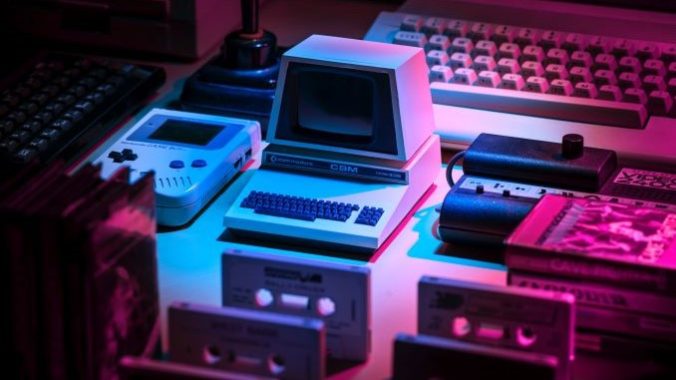Video Game History Foundation Study Finds 87% of Classic Games Inaccessible
Photo from Unsplash
A study conducted by non-profits Video Game History Foundation and Software Preservation Network found that only 13% of classic videogames are still playable by legal, easily accessible means.
The study, conducted in collaboration with the University of Washington Information School GAME Research Group, was conducted in order to demonstrate the poor state of videogame preservation, specifically in opposition to arguments by industry lobbyists that their preservation efforts have been sufficient.
The study analyzes three random samples of videogames: one taken from all games released before 2010, and two taken from the libraries of representatively abandoned and active console libraries, the Commodore 64 and Playstation 2 respectively. Additionally, the study analyzed the complete library of the Game Boy family of systems in order to properly assess the effect that the closing of the Nintendo 3DS eShop earlier this year had on Game Boy availability. For each of these samples, it was determined what percentage of games included were still in print, meaning that the game’s original version or a substantially similar equivalent is still commercially available, which is where the 13% number for all pre-2010 games comes from.
In a blog post on the Video Game History Foundation’s website, the study’s author, Library Director Phil Salvador, put the results of the study into dismal context. The 13% figure puts the rate of commercial availability for videogames lower than that of American silent films. And broken down, the numbers for some types of games are much worse — less than 3% of all games released before 1985 are still in print, the Commodore 64 has a 4.5% availability rate, and the concentration of preservation efforts into volatile services has made it so that the closing of the 3DS eshop alone wiped out more than half of commercially available Game Boy games.